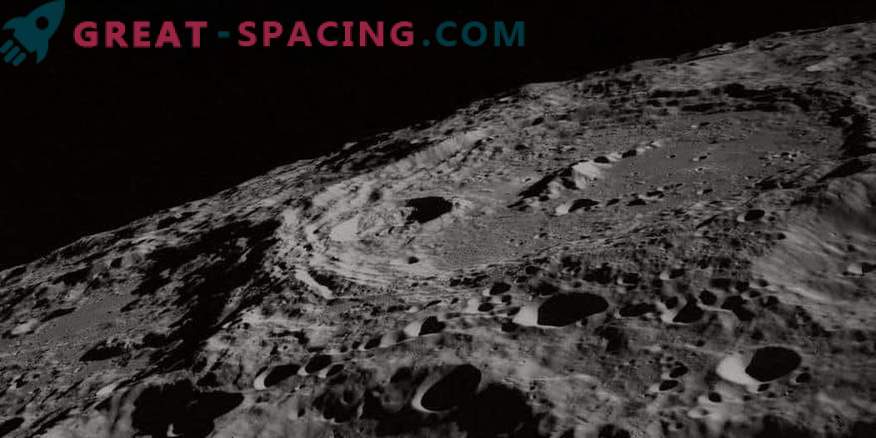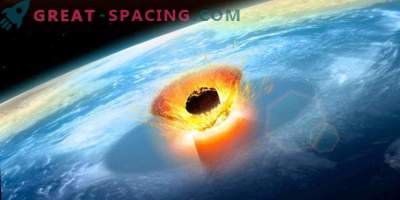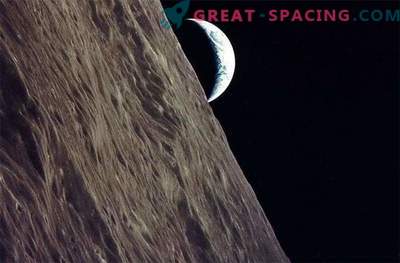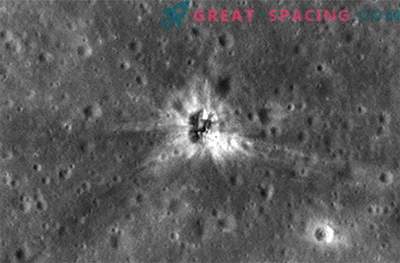
It is difficult for us to study the ancient terrestrial formations, since they collapsed due to plate tectonics or weathering. Therefore, it is necessary to closely observe the Moon and Mars to know their own past. But what if some of the information from these worlds is biased?
When meteors crash into the lunar surface, they create so much heat that the rock melts and emits certain emissions. Some of these products cool down and transform into shiny globes called lunar glass. Graduate student Ya-Hughie Juan from Purdue University decided to study these “balls” in order to obtain information about the speed of meteorites falling to the moon.
The samples she studied were obtained by the Apollo mission astronauts in the 1960s. Most of the finds were young, which may indicate that in recent years the speed of influence on the moon has increased. But Juan was skeptical of this interpretation, based on the thoughts of Nicole Zellner (a researcher from Albion College). She created a model for the formation and distribution of moon glass balls and revealed that the shock velocity should have been constant. However, a small sample of collected spherical particles was shifted toward more recent events. The problem is that astronauts literally collected samples from the upper surface layer. If they had dug deeper, a variant of a more accurate age distribution scheme would have appeared. Researchers hope that one day we will be able to return to the moon and take samples correctly.
Understanding impact velocity is an important part of learning about life on earth. It was the fall of meteorites that led to mass extinctions (including dinosaurs). Earth lost most of the ancient history, so all hopes were placed on the satellite.











































